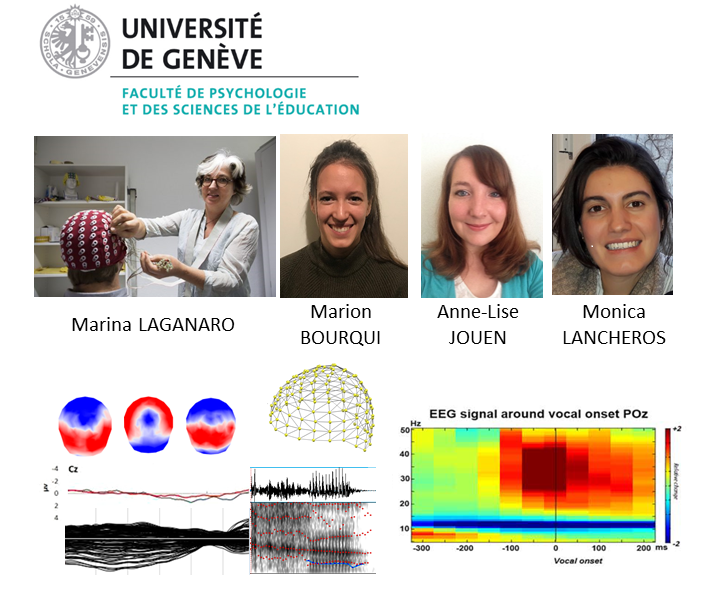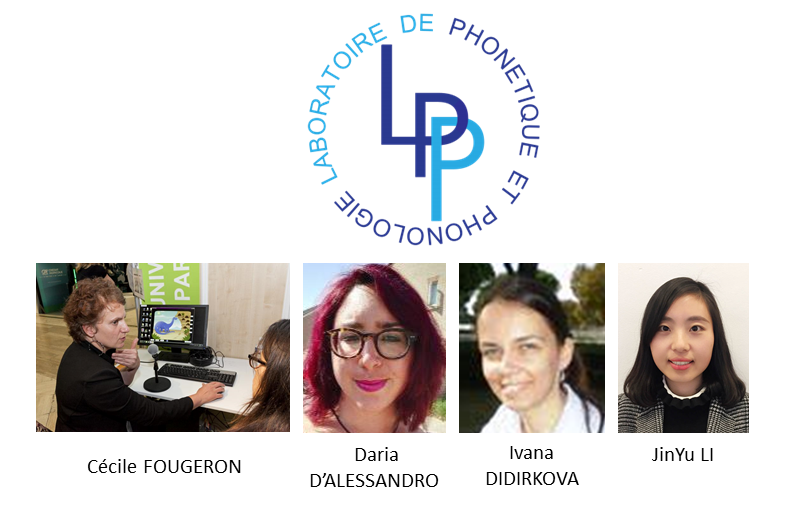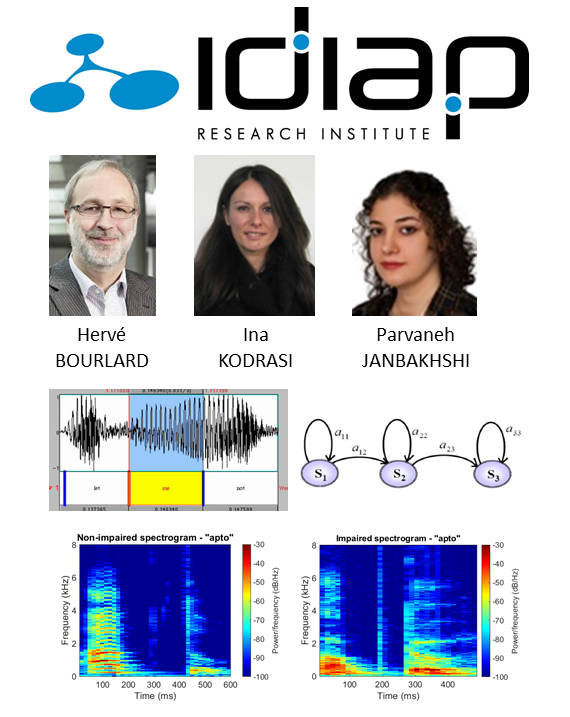MoSpeeDi

Sub.projects:
1: Patient recruitment and assessment
3: Speech planning and programming as measured by speech behavior
4: Classification of speech signals as impaired/healthy, and subtypes of motor speech disorders
Sub-project 1: Participant recruitment and assessment
Population: Speakers with MSD (AoS & dysarthria) + typical speakers (controls)
- Recruitment and selection of 87 patients with different MSD (Aos and dysarthria from different etiologies including Amyotrophic Lateral Sclerosis, Parkinson’s disease, post-stroke, neurodegenerative diseases… ) and over 400 typical speakers
-
Detailed evaluation of speech; dDatabase constitution and perceptive and acoustic analyses of the data for other sub-projects
→ Development and validation of the MonPaGe speech assessment protocol: High sensibility and specificity of the MonPaGe-2.0. screening protocol combining acoustic and perceptive measures (Fougeron et al., 2018; Laganaro et al., 2020; Pernon et al., 2020)
→ Comparison of human-based/perceptual classification with the ASR classification results from IDIAP
Sub-project 2: Time-course and the electrophysiological correlates of phonetic planning and motor programming and their impairments
Population: Speakers with MSD (AoS & dysarthria) & healty controls
-
Task conditions allowing to separate linguistic planning from speech planning
→ testing different conditions of delayed production (Lacheros et al., 2020; in prep)
- Different brain processes for speech and non-speech production (Lancheros et al., 2020; in prep)
-
Identification of the “articulatory onset to acoustic onset interval” with EEG/ERP: (Jouen et al., 2020)
- Speech programming under varying uttering conditions (Bourqui et al. in prep).
Sub-project 3: Speech planning and programming as measured by speech behavior
Population: Speakers with MSD (AoS & dysarthria) & healty controls
- Reduction in the degree of spectro-temporal acoustic changes over time characterize the speech in PD and amyotrophic lateral sclerosis (ALS), even for mild dysarthria (Slis et al., 2020)
- Long distance anticipatory VtoV coarticulation perturbed in AoS and in some types of dysarthria (D’Alessandro et al., 2919; in prep)
- Adaptation to feedback perturbation is speaker specific; adaptation to change in speech rate is the most reliable (Didirkova et al., 2019)
Sub-project 4: Classification of speech signals as impaired/healthy, and subtypes of motor speech disorders
To assist the clinical diagnosis and treatment of MSDs through objective and replicable results, it is of paramount importance to devise robust automatic pathological speech processing techniques. Such techniques can be used to (semi-) automatically classify healthy and pathological speech, discriminate between subtypes of MSDs, and assess speech intelligibility, speech quality, and the severity of the disorder.
In the framework of the MoSpeeDi project, several advantageous automatic pathological speech processing approaches have been devised.
- Intelligibility Assessment
→ P-ESTOI: Pathological speech intelligibility assessment based on the extended short-time objective intelligibility measure
- High correlation with subjective listening tests
- Applicable to multiple languages/disorders
- Applicable only to phonetically balanced scenarios requiring time-alignment and control speaker recordings
→ TTS-P-ESTOI: Text-to-speech pathological speech intelligibility assessment based on the extended short-time objective intelligibility measure
- Similar performance to P-ESTOI, applicable to multiple languages/disorders, applicable to phonetically balanced scenarios requiring time-alignment.
- Does not require control speaker recordings since TTS is used to generate them
→ SBI: Subspace-based pathological speech intelligibility assessment
- Typically lower performance than P-ESTOI and TTS-P-ESTOI
- Applicable to multiple languages/disorders
- Applicable to phonetically balanced and unbalanced scenarios, does not require time-alignment
- Designing Features/Classifiers for Detecting Healthy and Impaired Speech
→ Spectro-temporal sparsity measures as advantageous handcrafted features
→ Subspace-based discriminant analysis
→ Beyond handcrafted features: Learning abstract but discriminative representations through convolutional neural networks
- Designing Features/Classifiers for Detecting MSD Subtypes
→ Automatic discrimination of dysarthria and apraxia of speech through handcrafted features motivated by clinical-perceptual signs
→ Automatic discrimination of dysarthria, apraxia of speech, and neurotypical speech through a hierarchical methodology motivated by clinical practice




